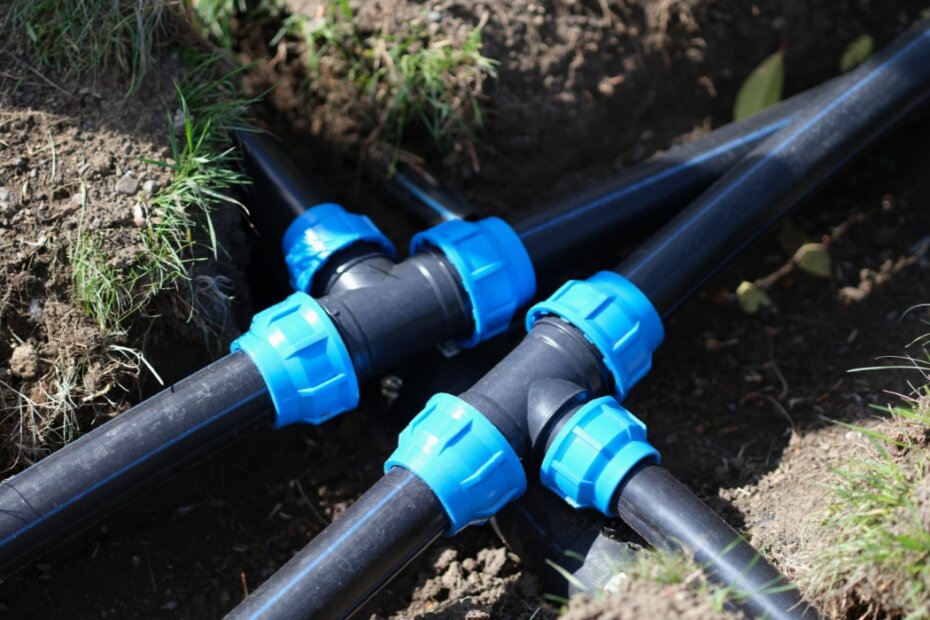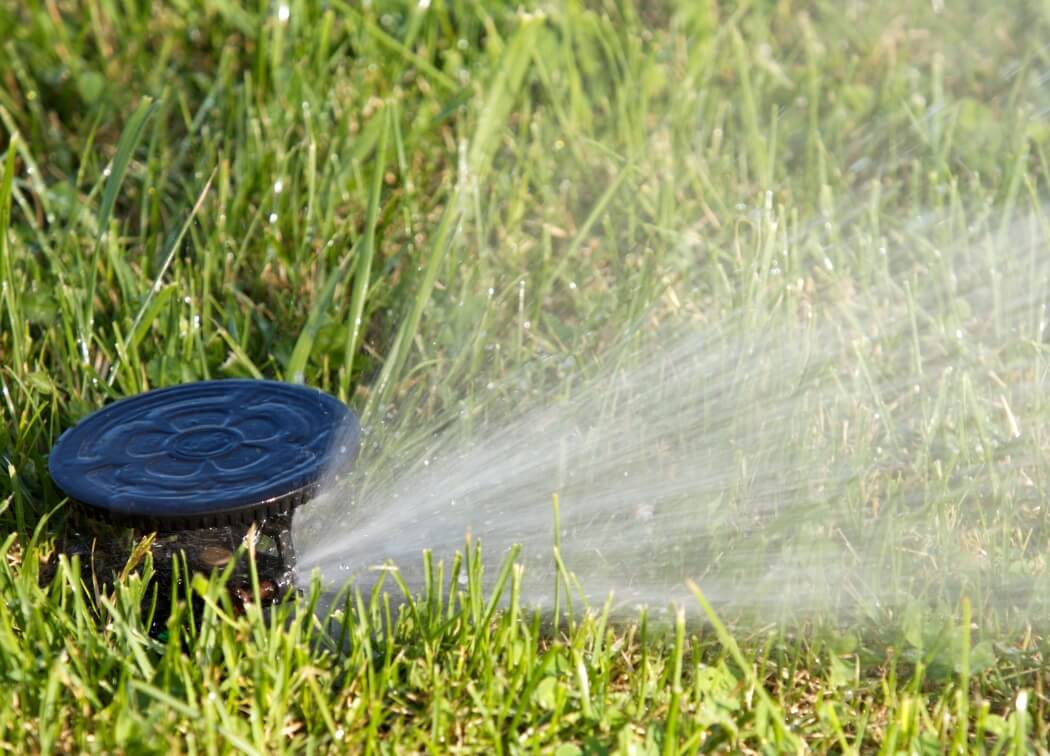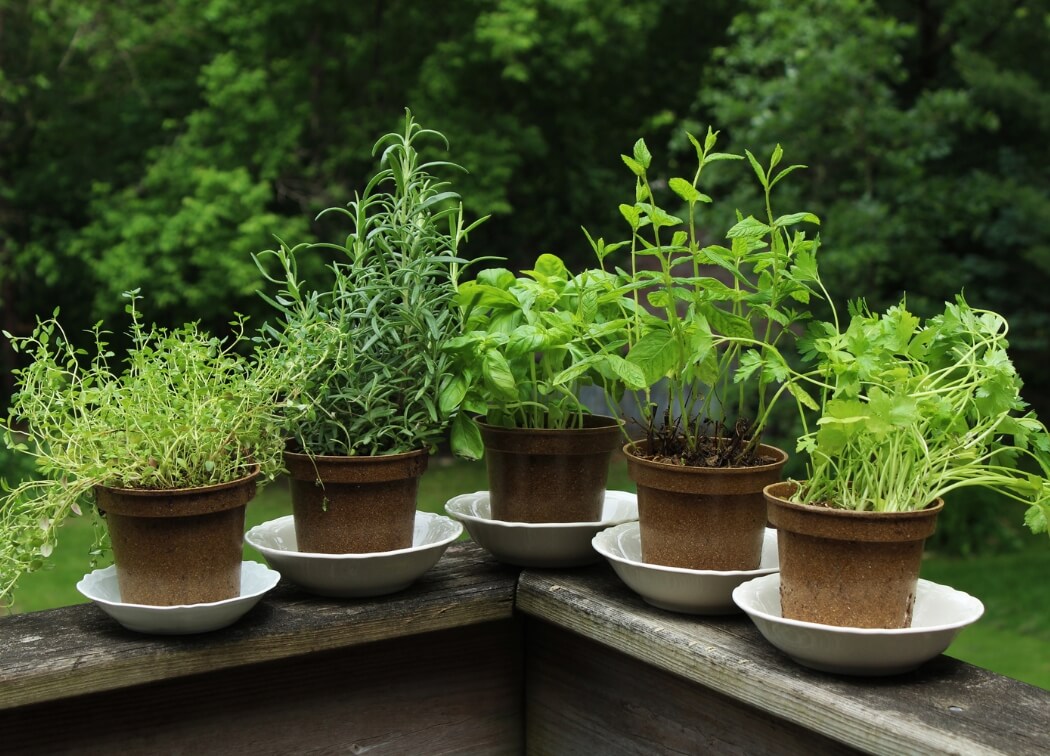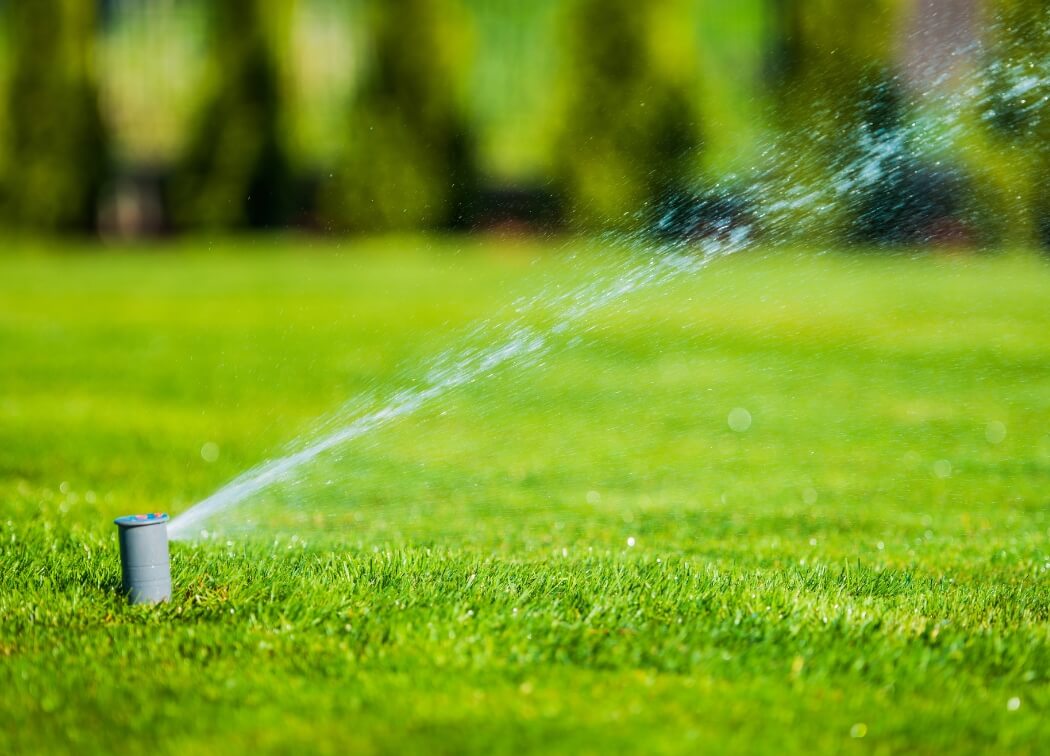Quite a lot of people not limited to some industry experts believe that using a progressively narrower pipe in a lawn sprinkler system or any related system will help to keep or increase the pressure of the incoming water. The general argument is that pipes have to be smaller as they approach the sprinkler to make the sprinklers operable. However, this is not true.
This mistaken belief persists as a result of the fact that the reasoning behind it seems rational and some claim experience to back up their opinion. A simplified example is a case where you put a stick or dip your finger into a hose.
You tend to feel more pressure there than the situation where stick or finger is just in front of the hose’s opening. This makes it seem logical that by reducing the size of the hose, there will be increased pressure. Below are the factors that dispute this claim.
Navigation
Factors That Causing Pressure Loss in Reducing Pipe Size

1) Friction loss
In fluid dynamics, friction loss, known as skin friction, occurs as a result of the influence of the viscosity of fluid close to the surface of the pipe. This leads to the loss of pressure in the pipe or hose. In internal combustion engines, friction loss refers to the power loss that results from work done in overcoming the friction between two surfaces in motion. It is a different aspect.
When fluid is flowing in a pipe or hose, the pressure will progressively reduce as it moves farther downstream from the pump. This a fact that refutes the widespread belief even if you reduce or increase the size of the pipe.
However, thanks to friction, the smaller pipes have more resistance towards water than larger pipes.
The right answer to what you experienced in the earlier example, where you put your finger into a hose or pipe, is a change in the fluid dynamics of the hose, not the pressure. When a fluid, like water, is flowing through any tube, it comes in contact with the surface and meets resistance from surfaces. But it still beats friction while running at the highest speed possible. By the time water comes out of the tube, most of the pressure would have disappeared.
In this case, the pressure is lost as a result of friction, and but the flow does not reduce. In other words, when you reduce a pipe or hose, the flow does not increase; however, you will feel more pressure. So, it is a choice of reduced flow and increased pressure and vice versa.
The same concept is relevant in sprinkler systems. Sprinklers with smaller pipes are likely to experience reduced flow but have increased pressure. Nonetheless, this can impede the functionality of the sprinkler as they need a certain amount of flow and pressure to work correctly.
2) Bernoulli’s theorem
A decrease in the diameter of pipelines that transport water will lead to an increase in pressure in such pipes. According to Bernoulli’s theorem, whenever there is a reduction in area, there will always be an attendant decrease in pressure. However, what is the rationale behind this?”
Around the spot where the diameter of the pipe is reduced, the velocity of water increases as it approaches and passes. The opposite occurs pressure in that part of the pipe; it drops.
The velocity of water is inversely proportional to the pressure in a pipe. Therefore, the narrower the pipe, the greater the disparity between speed and pressure.
Also, you can try to confirm this by carrying out a simple experiment by using different pressure gauges to measure the pressure on the wider part of the pipe and also the thinner part. You will get different pressure readings on the gauges by the time the flow begins. The pressure on the wider part of the pipe will be higher than the pressure on the thinner part.
This difference will remain the same even if you change the pattern of flow, that is, make the flow begin from the thinner part or vice versa. Also, the pressure difference in the pipe will continue to decrease if the flow of water at the discharge point is being continuously adjusted. The pressures on both sides will become balanced when the flow is finally adjusted to zero. This whole process validates the Bernoulli’s equation.
Also, you the event that you notice that there is increased pressure instead of a decrease in your pressure gauge, you should not be surprised. Events like this are expected and occur as a result of the narrower or thinner pipe section would have caused a decrease in the rate of total water discharge.
Conclusion: Guide on Choosing the Correct Size of Pipe
To determine the diameter of a pipe you have to consider a lot of essential factors such as the required fluid flow, the height of the openings of the pipe system, pressure level at various points, the nature of the fluid, velocity, the material used in designing the pipe, etc. All these variables are related apart from the height of the two openings of the pipe system. They can be calculated and are dependent on each other. The pressure is relative to velocity, as velocity is relative to the diameter, the square of speed is comparable to the pressure loss in the pipe.
Therefore, whoever is going to design systems like this should put all these variables into consideration. This will go a long way in setting the appropriate diameter of the pipe to reduce pressure loss and get optimal flow.
Of all the variables mentioned above, usually, velocity is fixed while others such as diameter and pressure loss are dependent on it. Designers can gain from the wealth of data available and ongoing research when they set out to design different types of pipes with varying diameter.
There is no specific or textbook solution to the sizing of pipes. However, there are different ways, which makes it fun and worthy experience to gain. These different solutions have various ramifications. let us look at a few cases
Velocity should be reduced, while the diameter of the pipes should be increased for systems that require a reduction in pressure loss.
When there is a need to reduce the size of pipes in a system, then the velocity of the installation will increase while there will be a negative attendant effect on pressure. Therefore, there will be an increase in pressure loss.
The inverse relationship between velocity and pressure continues in most of the solutions available.







